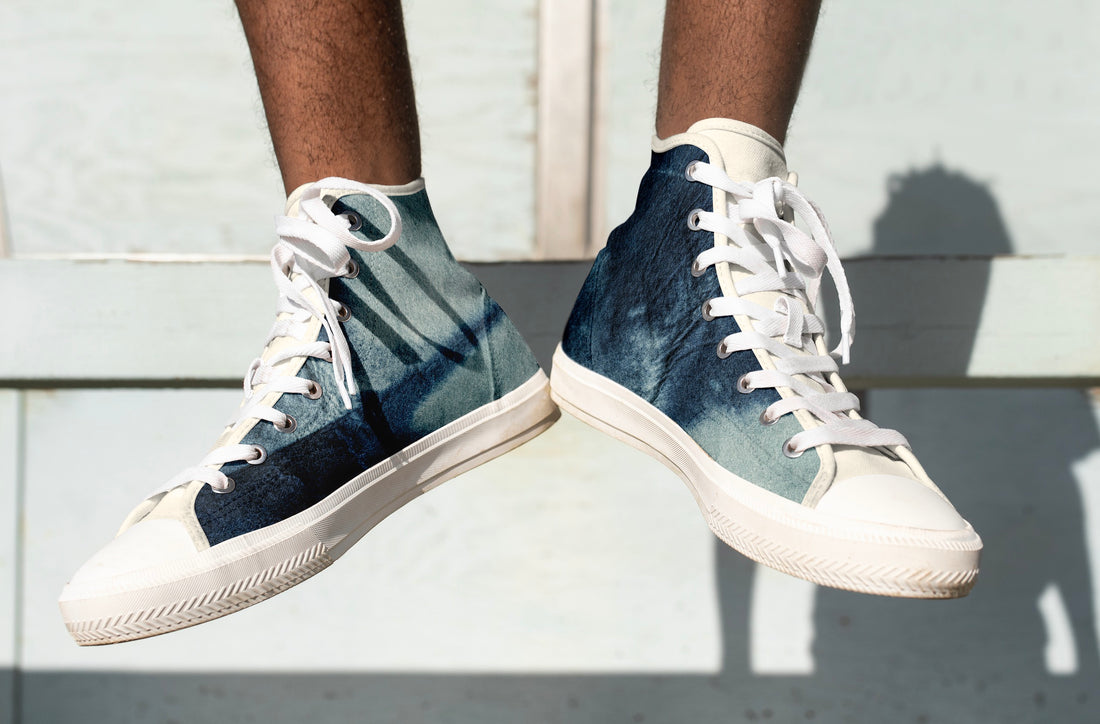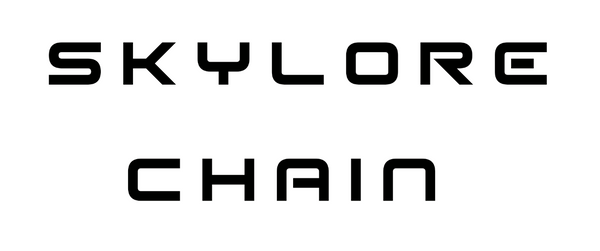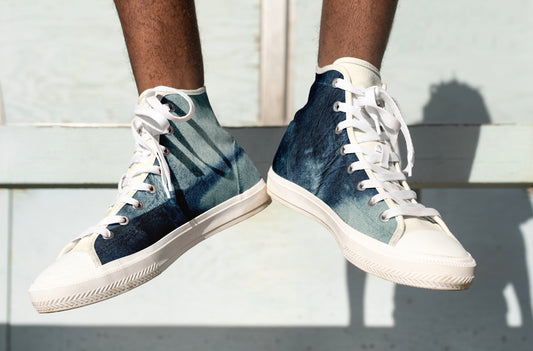
How to Start a Shoe Business
Starting a shoe business can be an exciting and rewarding venture. With a rich history and a growing global market, the footwear industry offers numerous opportunities for aspiring entrepreneurs. In this post, we will guide you through the essential steps to launch your shoe business, from market research to product development, and how Skylore Chain can support your journey.
1. Historical Background of the Shoe Industry
The shoe industry has a rich history dating back thousands of years, evolving from simple foot coverings to a complex global market. The earliest known shoes, made from plant fibers, were discovered in Armenia and date back over 5,500 years. Ancient civilizations like Egypt, Greece, and Rome introduced structured designs that laid the foundation for modern footwear.
Early Beginnings
Footwear can be traced back to ancient civilizations. For example, the Egyptians wore sandals made from papyrus, while the Greeks and Romans innovated with more structured designs, adapting to various social and cultural needs. These early shoes were not only functional but also reflected the wearer's status.
Industrial Revolution
The Industrial Revolution in the 19th century marked a significant turning point. Mass production techniques led to standardized sizes and styles, making shoes accessible to the masses. New machinery and labor practices allowed for quicker production times, and specialized footwear for different activities emerged, such as work boots and athletic shoes.
20th Century Innovations
The introduction of synthetic materials in the mid-20th century revolutionized shoe manufacturing. Brands like Nike and Adidas emerged, focusing on performance and style, transforming athletic footwear into fashionable items. The late 20th century saw the rise of niche markets, including eco-friendly and ethically produced shoes, catering to a growing segment of environmentally conscious consumers.
2. Current Development Status
The global footwear market is currently valued at approximately $365 billion and is projected to grow at a CAGR of 3.8%, reaching around $480 billion by 2028. The market is segmented into various categories, including athletic shoes, casual footwear, and formal shoes. Understanding these segments is crucial for entering the industry successfully.
Market Segmentation
Athletic footwear dominates the market due to increasing health consciousness and participation in sports. Casual footwear is also gaining traction as lifestyle preferences shift. Furthermore, the demand for formal shoes remains steady, especially in professional environments.
E-commerce Growth
Online sales have surged, accounting for 32% of global footwear sales. This trend has been accelerated by the COVID-19 pandemic, which forced many brands to enhance their digital presence. Starting an online shoe business can leverage this shift, reaching a broader audience with less overhead compared to brick-and-mortar stores.
Sustainability Focus
There is a growing demand for sustainable footwear options as consumers become more environmentally conscious. Brands that prioritize eco-friendly materials and ethical production practices are gaining a competitive edge in the market. Incorporating sustainability into your business model can attract a dedicated customer base willing to pay a premium for responsibly made products.
3. Market Research and Niche Selection
Before launching your shoe business, conducting thorough market research is essential. This process helps you identify the right products to sell and the audience to sell them to, saving you time and resources in the long run.
Understanding Market Trends
Utilize platforms like eBay and AliExpress to analyze popular shoe trends. Look at which types of footwear are selling well and the reviews they receive. Additionally, independent footwear brands on social media can provide insights into current consumer preferences.
Choosing Your Niche
A niche allows you to target a specific audience within the broader shoe market. Examples include:
- Eco-Friendly Shoes: Catering to consumers seeking sustainable options.
- Customizable Footwear: Offering personalized designs for unique customer experiences.
- Athletic Performance Shoes: Focusing on high-performance designs for athletes and fitness enthusiasts.
By selecting a niche, you can differentiate your offerings and create a strong brand identity that resonates with your target audience.
4. Choosing Your Shoe Business Model
Your business model defines how you will operate and generate revenue. Here are some popular options:
Online Store
Launching your own e-commerce site allows you to sell shoes directly to consumers. This model gives you full control over branding and customer experience. Platforms like Shopify and WooCommerce make it easy to set up and manage an online store.
Retail Partnerships
Collaborate with existing retailers to distribute your products. This approach can help you reach a wider audience without the overhead costs of maintaining a physical store. Building relationships with retailers can also enhance your brand's credibility.
Custom Designs and Manufacturing
Consider working with manufacturers to produce unique shoe designs tailored to your niche. Platforms like Alibaba can connect you with suppliers in Asia, allowing for lower production costs while maintaining quality. Utilizing a service like Skylore Chain can help manage logistics and ensure quality control.
5. Branding Your Shoe Business
Branding is essential for creating a lasting impression on your customers. Your brand identity should reflect your core values and resonate with your target audience.
Developing Your Brand Identity
Consider elements like your brand name, logo, and packaging. Each of these components should communicate the essence of your products. A well-defined brand identity enables you to speak directly to your intended audience with marketing copy that reflects your values.
Creating Emotional Connections
Use branding to create emotional connections with your customers. Share your brand's story and values through your marketing channels. This approach helps differentiate you in a competitive market, fostering customer loyalty.
6. Legal Registration of Your Shoe Company
Once you have settled on a name and brand identity, it's time to register your business. Depending on your location, you may choose to register as a sole proprietor, LLC, or corporation.
Choosing the Right Business Structure
Each structure offers different benefits, so consider your long-term goals. An LLC, for example, provides liability protection and tax flexibility, making it a popular choice among small business owners.
7. Building Your Shoe Business Website
A strong online presence is crucial for success in today's digital age. Building an e-commerce website allows you to showcase your products and reach customers directly.
Steps to Build Your Website
- Choose a Hosting Provider: Select a reliable hosting service to ensure your site runs smoothly. Options like Bluehost or SiteGround are popular choices.
- Select an E-commerce Platform: Use platforms like WooCommerce or Shopify to create your online store.
- Design Your Website: Choose a user-friendly theme that reflects your brand identity. Ensure your site is mobile-friendly, as many consumers shop on their phones.
- Optimize for SEO: Incorporate relevant keywords such as “small business” and “shoe business” to improve your visibility on search engines.
8. Marketing and Promoting Your Shoe Business
Once your website is live, focus on marketing your shoe business. Utilize social media platforms to connect with your audience and promote your products.
Leveraging Social Media
Platforms like Instagram and TikTok are ideal for showcasing your products visually. Engaging content, such as videos and high-quality images, can capture attention and drive traffic to your site.
Influencer Collaborations
Consider collaborating with influencers in the footwear or fashion industry. Influencers can help expand your reach and build credibility for your brand. Ensure that the influencers you partner with align with your brand values and audience demographics for maximum impact.
Email Marketing
Building an email list is another effective way to promote your shoe business. Offer incentives such as discounts or exclusive content in exchange for email sign-ups. Regular newsletters can keep your audience informed about new product launches, promotions, and industry trends.
9. Case Studies of Successful Shoe Brands
Learning from successful brands can provide valuable insights as you embark on your own journey. Here are two noteworthy examples:
Geox: Breathing Innovation
Founded in 1995, Geox revolutionized footwear with its patented breathable technology. The company quickly gained traction, achieving sales of $653 million by 2009. Geox's innovative approach demonstrates the importance of unique product features in a competitive market.
inov-8: Graphene-Enhanced Footwear
inov-8 partnered with researchers at The University of Manchester to develop graphene-enhanced footwear. This collaboration resulted in products like G-GRIP outsoles that offer superior durability and performance. inov-8's success showcases how cutting-edge technology can lead to industry-defining innovations.
10. The Role of Skylore Chain in Your Shoe Business
As you navigate the complexities of starting a shoe business, consider leveraging the services of Skylore Chain. Our expertise in supply chain management can simplify your journey by handling aspects like product design, manufacturing, and logistics. We ensure quality control and help you maintain lower production costs, allowing you to focus on growing your brand.
11. Conclusion
Starting a shoe business is an exciting opportunity, especially with the growing market and evolving consumer preferences. By conducting thorough market research, choosing the right niche, and building a strong brand, you can set yourself up for success. Remember, the key to thriving in this industry lies in innovation, sustainability, and understanding your audience's needs. Partnering with Skylore Chain can provide you with the essential support to streamline your operations and achieve your business goals.
For more insights on building your small business from home, check out our resources at Skylore Chain.



